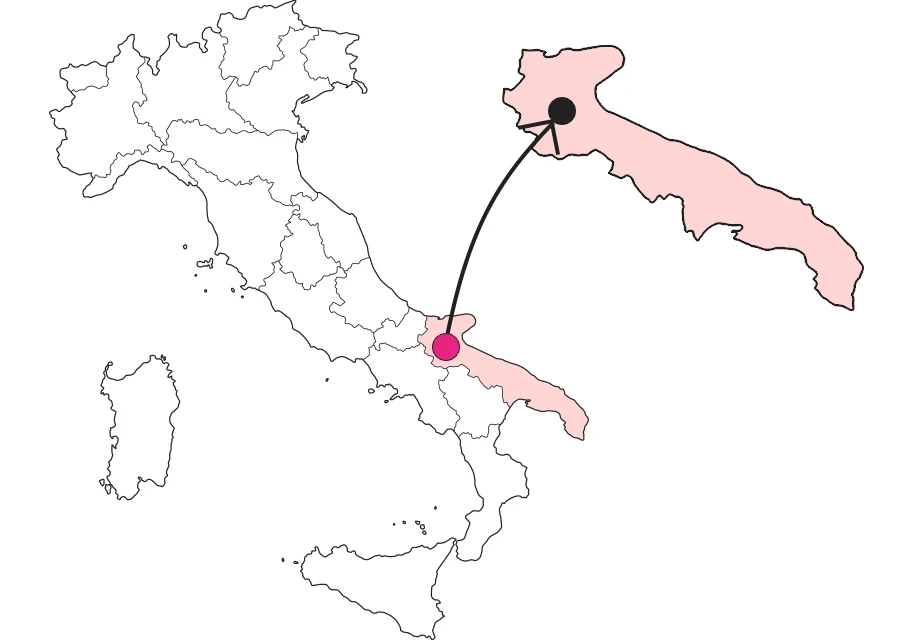






Epitaph of Foggia
It is the end of the journey, the end of transhumance, the well-deserved rest.



Where

What it is and where it is
The Epitaph of Foggia is a monument indicating the point of arrival of two sheep-tracks, namely the Regio Tratturo (or Tratturo Magno) L'Aquila-Foggia and the Tratturo Celano-Foggia. It is located in the center of town and perhaps because of this, although it was a sign primarily dedicated to shepherds, it was given a solemn appearance: a hexagonal column embellished with two plaques and several coats of arms. It is surmounted by a small dome and, at the very top, by a statue of a man with noble bearing and richly dressed. A veritable ode to the lineages that held power in the city.
Why it is special
Despite its urban location and the elegance of its forms, this monument is imbued with the labors and hopes of the shepherds who came here, which is why it is a special place for the history of transhumance. But that's not all: in addition to being the southern end point of the two sheep-tracks that officially end here, it also enshrines the southern boundary of that sheep-track world that unraveled from Capitanata to Sannio and Abruzzi.
Not to be missed
The statue that tops the Epitaph has been interpreted in different ways. According to some, it may depict Philip IV of Spain, although in reality it appears quite stereotypical for the Neapolitan custom of the time. It could therefore be a statue not intended to depict a particular personage.
A bit of history
The name Epitaph refers to the plaque that testifies to its construction in 1651 at the end of what is now Via Alessandro Manzoni toward Piazza Sant'Eligio, and which enshrines the boundaries of the sheep-tracks. On closer inspection, however, there are two plaques: the second was affixed in 1697 during a restoration.
Curiosity
As is often the case, the failure to identify an unambiguous identity for the statue has given rise to legends. One such legend has it that the statue depicts a person commissioned by the king himself to guard his treasure--too bad that the loot had been stolen from a convent. The robbed friars allegedly put a curse on the usurpers, and it was this anathema that struck the king's appointee, turning him to stone.
Enter the Map of Italy's Undiscovered Wonders and find treasures where you least expect it... Inspire, Recommend, Share...
Collections
The Map thanks:
In the Community
Enter the Map of Italy's Undiscovered Wonders and find treasures where you least expect it... Inspire, Recommend, Share...
Where

Collections

